

This Connected article by Sophie Fern covers the discovery of Squawkzilla – a giant parrot that lived in New Zealand 19 million years ago. Two leg bones were dug up in 2008, but they were not ...
READ MORE
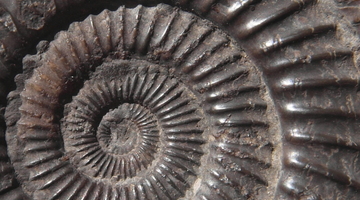
“How old is it?” is one of the first questions you’ll probably ask when you see an interesting rock or fossil. It’s certainly one of the first things that a geologist wants to know. As you’ll ...
READ MORE
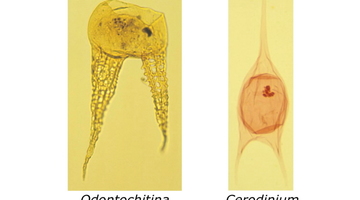
Dinosaurs used to live in New Zealand. We know this because their fossils have been found in a few places. The fossils of a number of different dinosaurs were found at the Mangahouanga Stream, in ...
READ MORE
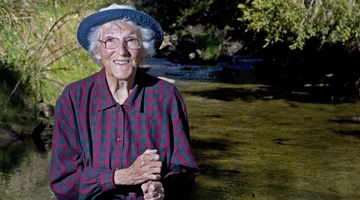
In this activity, students use different pieces of a jigsaw to work through a process of observation, discussion, collaboration and deduction to determine what the picture shows. The activity is ...
READ MORE
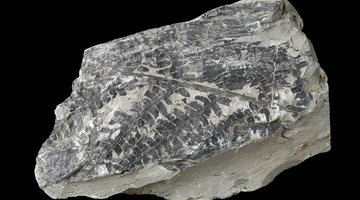
In this activity, students date fossils from one site by matching them to fossils already dated somewhere else. They use real data from Mangahouanga, made famous by paleontologist Joan Wiffen. By ...
READ MORE
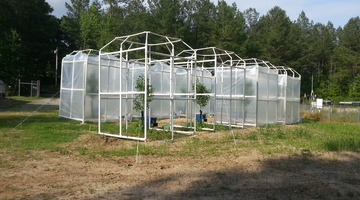
By comparing some features of fossilised plants with the same features of plants living today, scientists hope to be able to learn more about the effect of changing carbon dioxide (CO2) levels in ...
READ MORE

This citizen science project wants your assistance to extract information from various climate scientific graphics to help combat misinformation and support scientific communication. Using this ...
READ MORE

In this online PD session recorded on 15 October 2015, primary school teacher Kim MacPherson talks about the Science Learning Hub’s resources – Conserving native birds – and how she used a ...
READ MORE
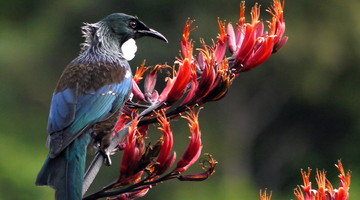
Active reading is an important activity for making meaning during the process of science inquiry (Osborne, 2010). The integration of science and literacy can enhance student learning in both ...
READ MORE
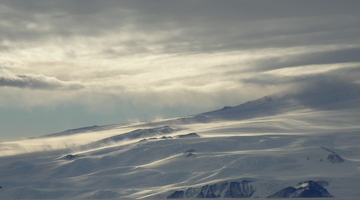
This research brief focuses on how one secondary school teacher used a Science Learning Hub activity to develop her year 9 students’ science and literacy skills. For this, she used a variety of ...
READ MORE
Joan Wiffen and colleagues were famous for finding fossils at Mangahouanga Stream, in north-west Hawke’s Bay. Dr James Crampton, paleontologist at GNS Science, outlines some of the marine ...
READ MORE
Dr James Crampton, paleontologist at GNS Science, explains how relative dating was used to determine that dinosaur and other fossils found in north-west Hawke’s Bay were from the Cretaceous ...
READ MORE
Watch this animated video and find out more on how sedimentary rock near Whanganui records 50 cycles of sea level change, each lasting up to 100,000 years. Rocks were formed during warm ...
READ MORE

This timeline lets you see aspects of Joan's life and work, and how these fit into a wider science picture of paleontology. A full transcript is underneath.
READ MORE
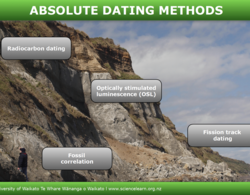
Absolute dating methods give rocks an actual date or date range in numbers of years. This interactive explores four different methods used in absolute dating.
READ MORE

This slideshow, from the webinar Fostering literacy through primary science classroom, provides additional support for the video tutorial. Use the Slideshow menu for further options, including ...
READ MORE